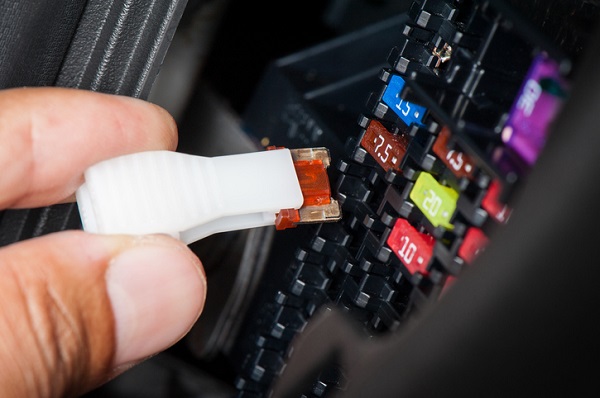
Looking at a fuel pump, it’s hard to imagine that it plays such a big role in a fully functioning vehicle. It’s a relatively small part but contains many different components which work together to get fuel into the engine. The pump sucks in fuel from the tank at regular intervals, with a mechanical diaphragm dictating when it needs to draw in more.
Conventional mechanical fuel pumps are driven by the camshaft and located close to the engine under the hood. Modern electric pumps are designed similarly, but solenoids dictate when more fuel is sucked in. They are often located near or within the fuel tank itself, meaning a much more complex repair job if problems occur. So how will you know if the fuel pump has become faulty? This blog takes a look at five issues to look out for.
1. A Faulty Fuel Pump Could Be Emptying Wallets at the Gas Station
When a driver arrives at the garage complaining about increased fuel consumption, then a malfunctioning fuel pump may well be at fault. If the relief valve in the pump isn’t working properly then too much fuel can enter the engine and it could end up becoming flooded. This may require the fitting of a replacement fuel pump, which offers long-term savings compared to driving around in an inefficient vehicle.

2. Engine Performance Weakens with a Faulty Fuel Pump
The fuel pump is being constantly worked from when the key is turned, so wear and tear is impossible to avoid as time goes by. Students in mechanic courses may notice that a vehicle is taking a bit longer to start than usual or won’t start at all. Engine performance also decreases when the vehicle is on the road, and misfires are also a common symptom of fuel pump trouble. Low pump pressure creates an imbalance of fuel and air in the engine system, meaning it won’t function properly.
3. Grads of Auto Mechanic School Can Hear Fuel Pump Problems
This is one of the easier ways to spot when fuel pump damage has occurred. Most drivers want a smooth, calming car journey and this is ruined when an irritating sound pops up. One of the most common sounds associated with a malfunctioning vehicle is the whine caused by a faulty fuel pump. These parts create a steady hum even when they are working properly, but it gets much louder when the pump is broken.
4. Check for a Blown Fuse if You Suspect Fuel Pump Damage
When you suspect that the fuel pump is at fault, there are a few simple checks which can confirm it. The vehicle’s electrics shouldn’t be taken for granted, and the fuel pump needs a fuse to help it do its job. If the engine isn’t working at all, then it might not be receiving any fuel from the tank. Locate the specific fuel pump fuse and take a look. If it’s blown, then you know the pump isn’t getting any power and it’s a simple matter of replacing the fuse.

5. Use a Fuel Pressure Gauge to Confirm a Faulty Pump
Graduates of auto mechanic school are experts in diagnosing car problems such as faulty fuel pumps, and this is one of the more complex checks they perform. A fuel pressure gauge is connected to the fuel test pressure port on the top of the engine. When you try to start the car, check the reading on the gauge. If it remains at ‘0’, then there’s no pressure in the fuel pump and it’s in need of repair.
Do you want to learn more about the many exciting auto mechanic careers to get involved in?
Discover why Automotive Training Centres is the perfect place to learn the trade!

